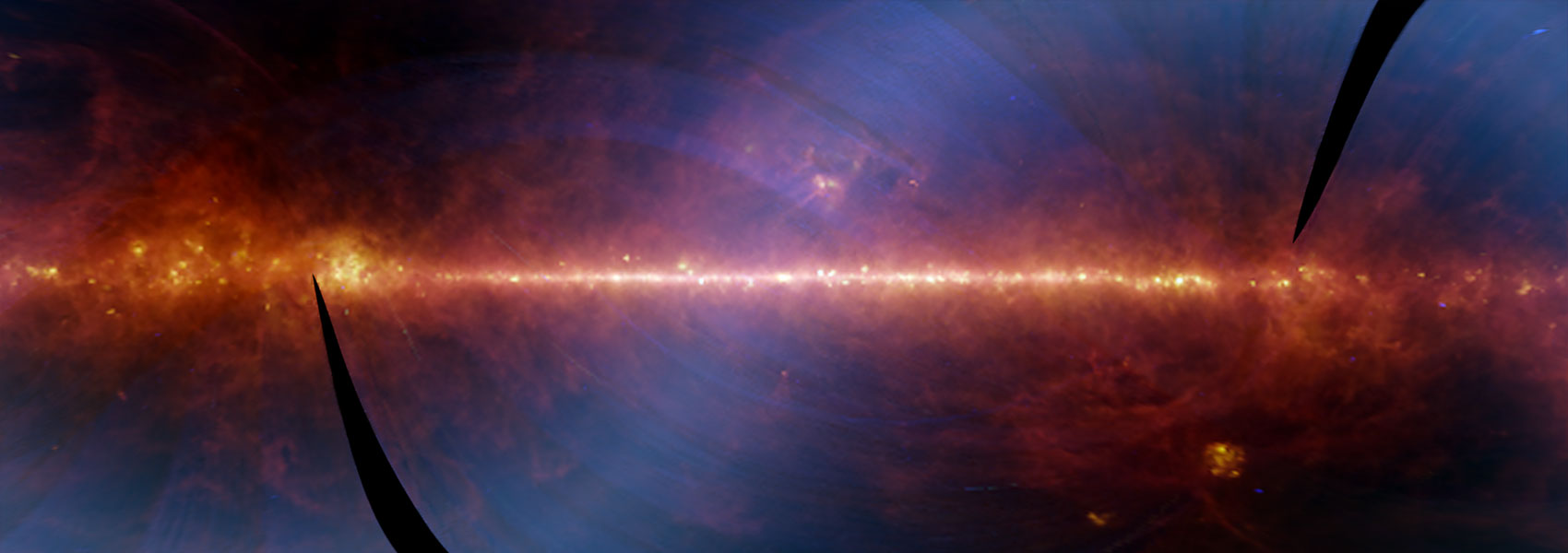Strong gravitational lensing offers an unique view on the small scale clustering of matter at cosmological distances without relying on luminous structure. This is a regime where different dark matter scenarios can have diverting predictions based on the particle nature (self-interacting, thermal relic, etc) and where tensions in the local group have been reported. Recently, strong lensing has became competitive with other probes, such as the local group and Lyman-alpha forest, in quantifying the smallest cosmological scales.
After a short introduction to strong gravitational lensing, I will describe the different techniques used to learn about the dark substructure content of gravitational lenses and highlight current results achieved and challenges we face. I will then present our recent result based on a forward modelling approach with Approximate Bayesian Computing to directly infer physical properties of dark matter. We are able, based on the HST data of one single strong lens, to rule out a warm dark matter thermal relic mass below 2 keV at the 2σ confidence level. This result, in combination with the success of other techniques, applied on multiple strong lenses offers interesting constraints on the nature of dark matter in the near-term future.



